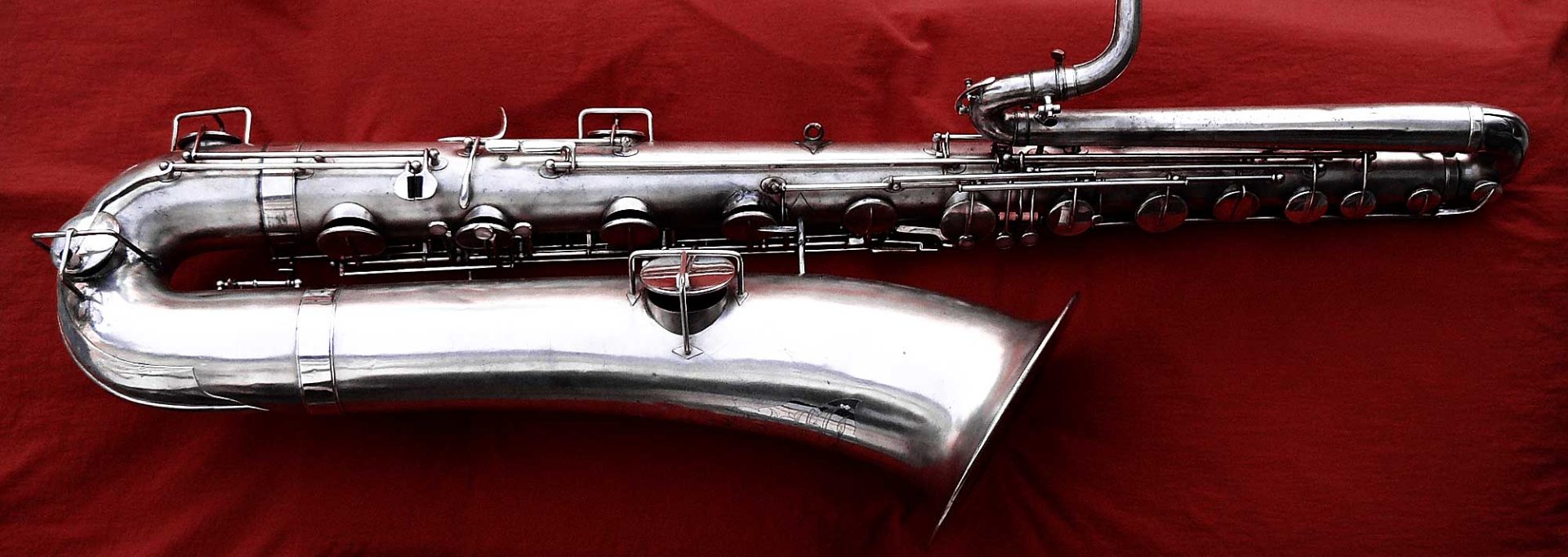Google Analytics is a powerful tool that tracks and analyzes website traffic for informed marketing decisions.
Service URL: policies.google.com
__utmc
Used only with old Urchin versions of Google Analytics and not with GA.js. Was used to distinguish between new sessions and visits at the end of a session.
End of session (browser)
__utmz
Contains information about the traffic source or campaign that directed user to the website. The cookie is set when the GA.js javascript is loaded and updated when data is sent to the Google Anaytics server
6 months after last activity
__utmv
Contains custom information set by the web developer via the _setCustomVar method in Google Analytics. This cookie is updated every time new data is sent to the Google Analytics server.
2 years after last activity
__utmx
Used to determine whether a user is included in an A / B or Multivariate test.
18 months
_ga
ID used to identify users
2 years
_gali
Used by Google Analytics to determine which links on a page are being clicked
30 seconds
_ga_
ID used to identify users
2 years
_gid
ID used to identify users for 24 hours after last activity
24 hours
_gat
Used to monitor number of Google Analytics server requests when using Google Tag Manager
1 minute
_gac_
Contains information related to marketing campaigns of the user. These are shared with Google AdWords / Google Ads when the Google Ads and Google Analytics accounts are linked together.
90 days
__utma
ID used to identify users and sessions
2 years after last activity
__utmt
Used to monitor number of Google Analytics server requests
10 minutes
__utmb
Used to distinguish new sessions and visits. This cookie is set when the GA.js javascript library is loaded and there is no existing __utmb cookie. The cookie is updated every time data is sent to the Google Analytics server.
30 minutes after last activity






I just had a look at the larger version on flickr, and I can see the B&S logo on the bell. The left hand pinky keys also match my B&S exactly (pre-unification – blue label). That would be what I’d say this one is.
You’re right! It is a Blue Label B&S horn. Mystery solved. Thank you.
BTW, was that yours on eBay a couple of weeks ago? It’s a very pretty horn. Like the one that the dealer in the Seattle region sold a short while ago, yours too has all the orignal pieces, and then some. I loved the extra pad set that came with it. I think there were some other things included as well, I just can’t remember them off the top of my head.
Yeah, perhaps it’s about as exotic as a Vespro or other Asian horn. (Although it doesn’t have double arms on the low C key, so the Goodson lineage is kinda’ ruled out.) I was hoping for something more interesting than Asian though. Perhaps I’m just a wishful dreamer. 😕
It’s definitely a looker, but only the guy holding it could tell us if it’s a cooker. 🙂
I also note the way the lyre holder is integrated into the neck tenon clamp, which is the way the current crop of Chinese horns seem to be doing it. They’re not alone in this by any means, it’s just another data point suggesting this is a relatively recent horn.
I prefer the lyre holder being of this style — there’s no post to worry about being bumped, twisted, or torn off, and it has a minimal profile. The only bad part is that it might put the music up in a player’s face to a degree that they can’t see where they’re marching, but that’s what lyre bending is for. 🙂
In my mind it looked too new to be a Weltklang, so I was thinking B&S. I’m not very familiar with the models before the Medusa, and the lyre blocks one from seeing anything that might be on the neck (logo wise I mean) so it’s hard to tell from that.
I would suppose that Russia, or some of the other countries of the former USSR, would have smaller cottage industry-type shops, that might be producing saxophones on a small scale.
The sax definitely has that post Mark VI look to it. Maybe one of the guys from SOTW would know. There’s a fellow from the Ukraine on the board. I should send him a PM. Although I remember him as a vintage horn enthusiast, perhaps he will know what the military might have access to in his country.
That’s a modern horn, judging by the condition and the feature set (high F#, tilting spatula, LH pinky cluster axles where they should be). I don’t know how many of these appeared on Soviet Bloc instruments, but my guess would be that this horn is too recent to be of Eastern European origin (unless it’s an Amati).